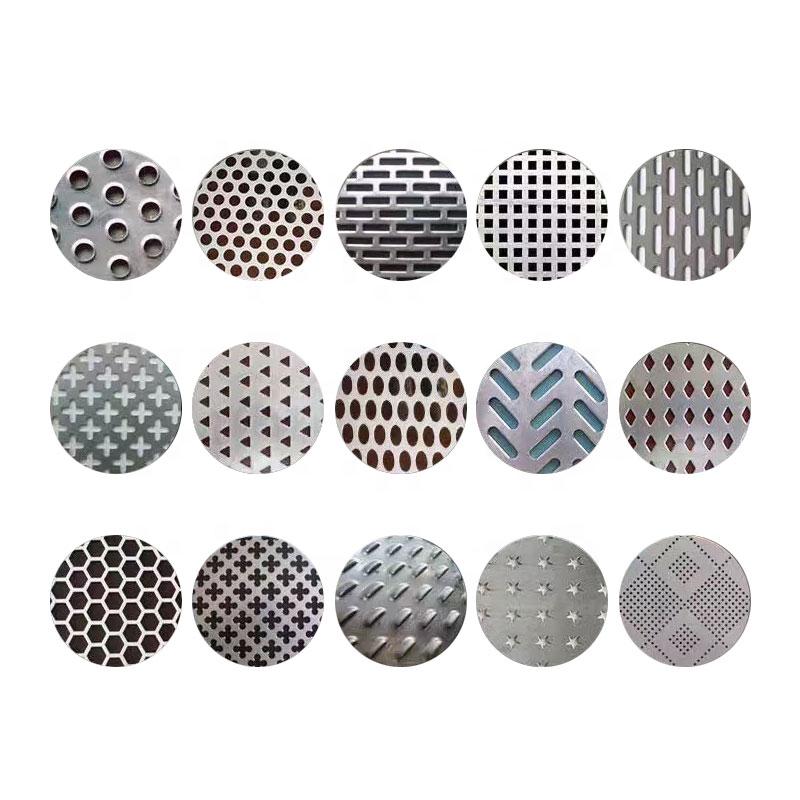Anti-Wind Nets A Revolutionary Solution for Wind Protection
In an era where environmental challenges are increasingly prevalent, innovative solutions are necessary to combat the effects of natural forces. One such innovation is the anti-wind net, a structure designed to mitigate the impact of strong winds on crops, structures, and landscapes. This article will explore the concept of anti-wind nets, their applications, and the benefits they provide.
Wind, while often overlooked, can have devastating effects. In agriculture, strong winds can cause significant damage to crops, uprooting plants and preventing their growth. This is particularly troublesome during key growth stages, which can lead to substantial financial losses for farmers. Additionally, high winds can damage buildings and infrastructure, leading to costly repairs and safety hazards. This is where anti-wind nets come into play as a strategic solution to shield vulnerable areas from wind-related distress.
Anti-Wind Nets A Revolutionary Solution for Wind Protection
The installation of anti-wind nets can be tailored to suit various landscapes and agricultural needs. For instance, farmers can erect these nets around crop fields, orchards, or vineyards. This proactive approach in wind management allows crops to thrive by reducing the risk of wind-related damage. Research has shown that crops shielded by anti-wind nets tend to yield better results, demonstrating increased growth and resilience.
anti wind net

Beyond agriculture, anti-wind nets have applications in landscape architecture and urban planning. As cities expand and natural barriers are removed, urban areas can become more susceptible to wind storms. Strategically placed anti-wind nets can help create micro-environments within cities, enhancing the comfort of residents and reducing the urban heat island effect. By directing wind flows and providing shelter, these nets can transform public spaces, making them more enjoyable for community members.
Another benefit of anti-wind nets is their contribution to environmental sustainability. By protecting crops, these nets contribute to increased food security and reduce the reliance on chemical interventions, such as pesticides, that are often used following wind damage. This aligns with modern sustainable practices that seek to minimize ecological footprints and promote agricultural resilience.
Furthermore, anti-wind nets also play a role in wildlife conservation. By creating safe zones for flora and fauna, these nets can help maintain biodiversity in areas where natural habitats may be compromised by wind erosion or human activities. This dual-purpose function helps balance agricultural productivity with ecological preservation.
In conclusion, anti-wind nets represent a groundbreaking solution to the challenges posed by wind in both agriculture and urban environments. Their ability to protect crops, enhance urban spaces, and promote sustainable practices underscores their significance in modern society. As climate change continues to influence weather patterns and intensify natural phenomena, the need for such innovative protective measures will only grow. Investing in anti-wind nets not only safeguards agricultural productivity and infrastructure but also fosters a resilient and sustainable future. As we embrace these innovations, we can better navigate the complexities of our changing environment and secure a healthier planet for generations to come.
-
Why Galvanized Trench Cover Steel Grating Resists Corrosion
NewsJul.10,2025
-
The Versatility and Strength of Stainless Expanded Metal Mesh
NewsJul.10,2025
-
Load Calculations in Steel Grating Platforms
NewsJul.10,2025
-
Keeping Pets and Kids Safe with Chicken Wire Deck Railing
NewsJul.10,2025
-
Hole Diameter and Pitch for Round Perforated Metal Sheets
NewsJul.10,2025
-
Aluminium Diamond Mesh in Modern Architecture
NewsJul.10,2025
Subscribe now!
Stay up to date with the latest on Fry Steeland industry news.

